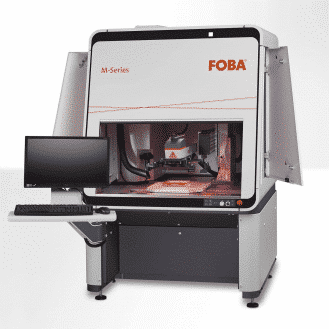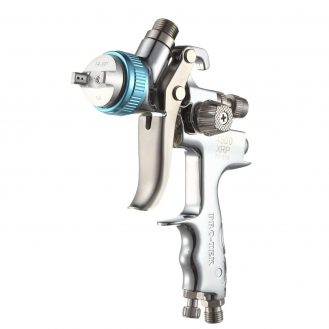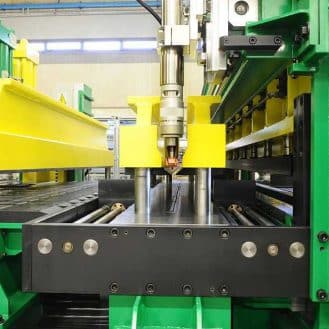Injection molding is one of the most widely used processes for producing large quantities of parts in series, particularly in the automotive and aerospace sectors or for producing medical products. This is a fast process, suitable for mass production, which is carried out using an injection molding machine, also known as an injection press. This machine consists of two main parts: the injection unit and the clamping unit.
The injection unit consists of a feed hopper, which receives the granulated or powdered material, and a heated screw, which has the function of plasticizing (making malleable), homogenizing, and injecting the material. The clamping unit, meanwhile, is responsible for keeping the mold closed during injection and for subsequent cooling.
This is the most common method of manufacturing plastic parts worldwide and is used in a wide variety of applications.





